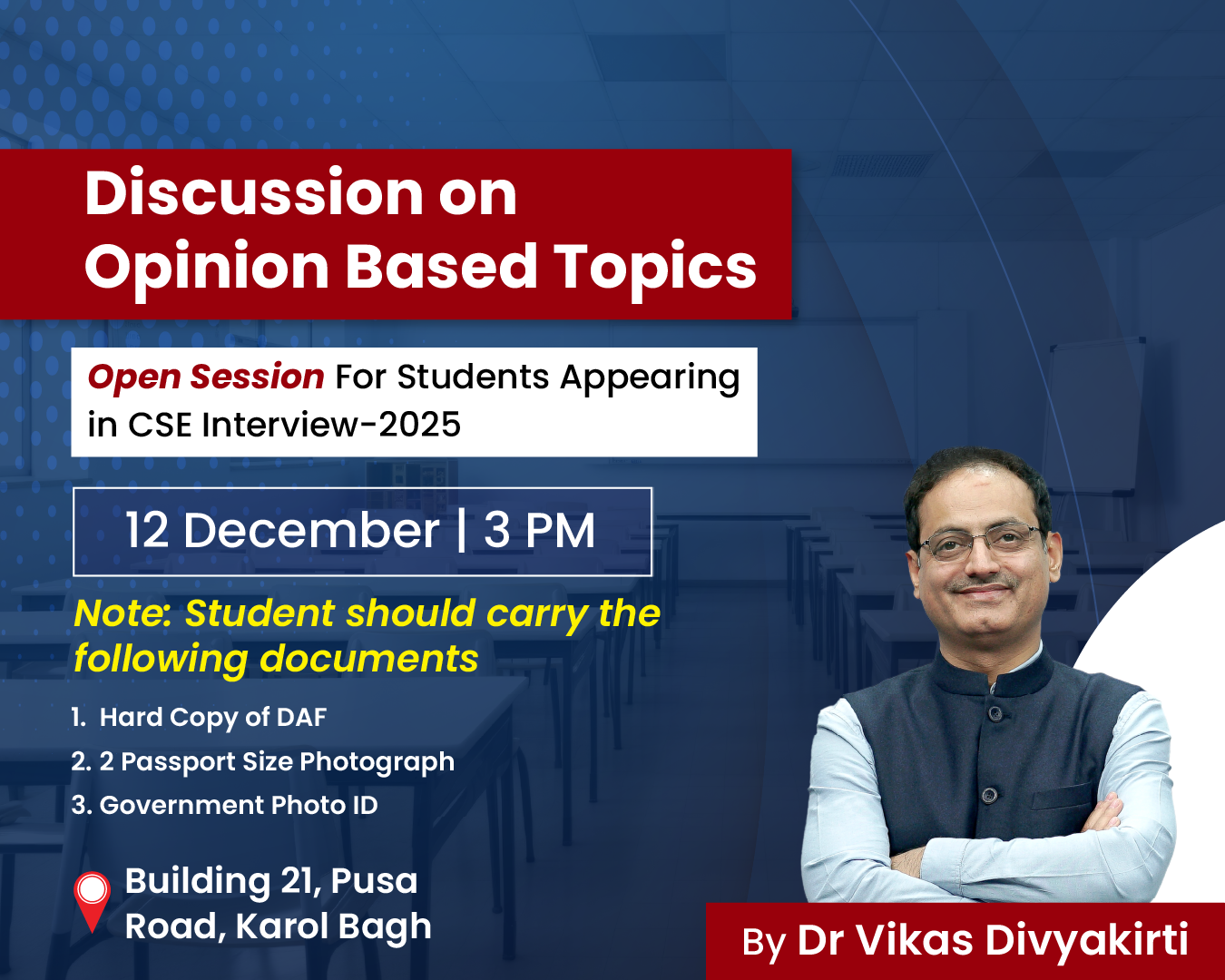Important Facts For Prelims
Addressing Air Pollution Through Technological Innovations
- 09 Aug 2023
- 5 min read
Why in News?
Recently, the Minister of Environment, Forest and Climate Change provided valuable insights into the projects related to deploying various technologies to address Air Pollution in India during a written reply in the Lok Sabha.
What is Air Pollution?
- Air pollution refers to the contamination of the Earth's atmosphere by harmful substances beyond their natural levels, due to human activities and natural processes.
- It originates from sources like industrial emissions, vehicle exhaust, agricultural practices, and natural events, and it can have wide-ranging negative effects on air quality, human well-being, ecosystems, and the overall health of the planet.
- Common air pollutants include: PM2.5, PM10, Nitrogen Dioxide (NO2) and Nitric Oxides (NOx), Sulfur Dioxide (SO2), Carbon Monoxide (CO) etc.
What are Various Technology Based Projects Deployed to Curb Air Pollution?
- Pariyayantra Filtration Units on Buses: A pilot study was initiated where 30 buses were retrofitted with Pariyayantra Filtration units installed on their rooftops.
- These units were designed to effectively capture dust particles (through filters fitted on vehicles) from the surrounding environment, thereby minimizing the contribution of vehicular movement to air pollution levels.
- It does not require any power to operate and is equivalent to the filtration provided by 6 room air filters.
- WAYU Air Purification Units at Traffic Intersections: A total of 54 WAYU Air Purification Units were strategically installed at major traffic intersections in Delhi.
- These units, designed to purify the air in the immediate vicinity, played a crucial role in reducing the impact of vehicular emissions on air quality.
- The WAYU units acted as localized air purifiers, offering a potential solution to combat the adverse effects of traffic-related pollution.
- Ionisation Technology for Ambient Air Pollution Reduction: This technology aimed to neutralize pollutants through ionization processes, thereby enhancing air quality in the target areas.
- The study evaluated the feasibility and impact of ionization technology, potentially opening new avenues for pollution reduction.
- Installation of Medium/Large-Scale Smog Towers: These towers, acting as substantial air purifiers, targeted the reduction of particulate matter and pollutants on a broader scale.
- Retrofitting Emission Control Devices in In-Use Vehicles: Older vehicles, especially those adhering to older emission standards like BS III, contribute substantially to air pollution.
- A pilot project was undertaken to assess the feasibility and effectiveness of retrofitting emission control devices in such vehicles.
- The project aimed to provide recommendations for emission reduction from these vehicles, aligning with broader efforts to improve air quality.
- A pilot project was undertaken to assess the feasibility and effectiveness of retrofitting emission control devices in such vehicles.
- Indigenous Photonic System for Air Quality Monitoring: A project by the Department of Science and Technology (DST) focused on developing an indigenous photonic system for real-time remote monitoring of air quality parameters.
- This initiative aimed to enhance the accuracy and accessibility of air quality data, enabling more informed decision-making in pollution management strategies.
- Advancements in Electric Vehicle (EV) Autonomous Technology: An autonomous navigation foundation focused on EV-based autonomous vehicles was established under the DST National Mission on Interdisciplinary Cyber Physical Systems (NM-ICPS).
- The integration of autonomous technology in EVs presents an opportunity to optimize driving patterns, reduce traffic congestion, and subsequently lower greenhouse gas emissions.
What are the Other Government Initiatives to Curb Air Pollution?
UPSC Civil Services Examination Previous Year Question (PYQ)
Prelims
Q. In the cities of our country, which among the following atmospheric gases are normally considered in calculating the value of Air Quality Index? (2016)
- Carbon dioxide
- Carbon monoxide
- Nitrogen dioxide
- Sulfur dioxide
- Methane
Select the correct answer using the code given below:
(a) 1, 2 and 3 only
(b) 2, 3 and 4 only
(c) 1, 4 and 5 only
(d) 1, 2, 3, 4 and 5
Ans: (b)
Mains
Q. Describe the key points of the revised Global Air Quality Guidelines (AQGs) recently released by the World Health Organisation (WHO). How are these different from its last update in 2005? What changes in India’s National Clean Air Programme are required to achieve revised standards? (2021)







